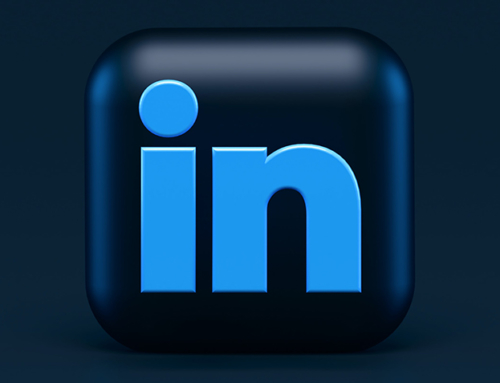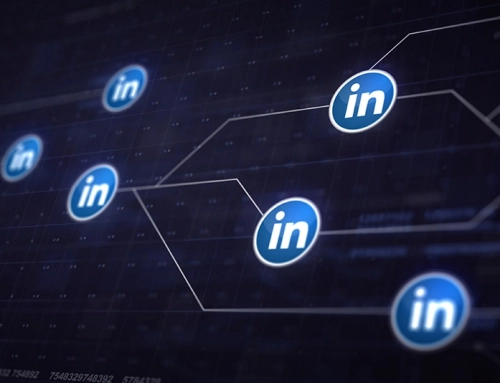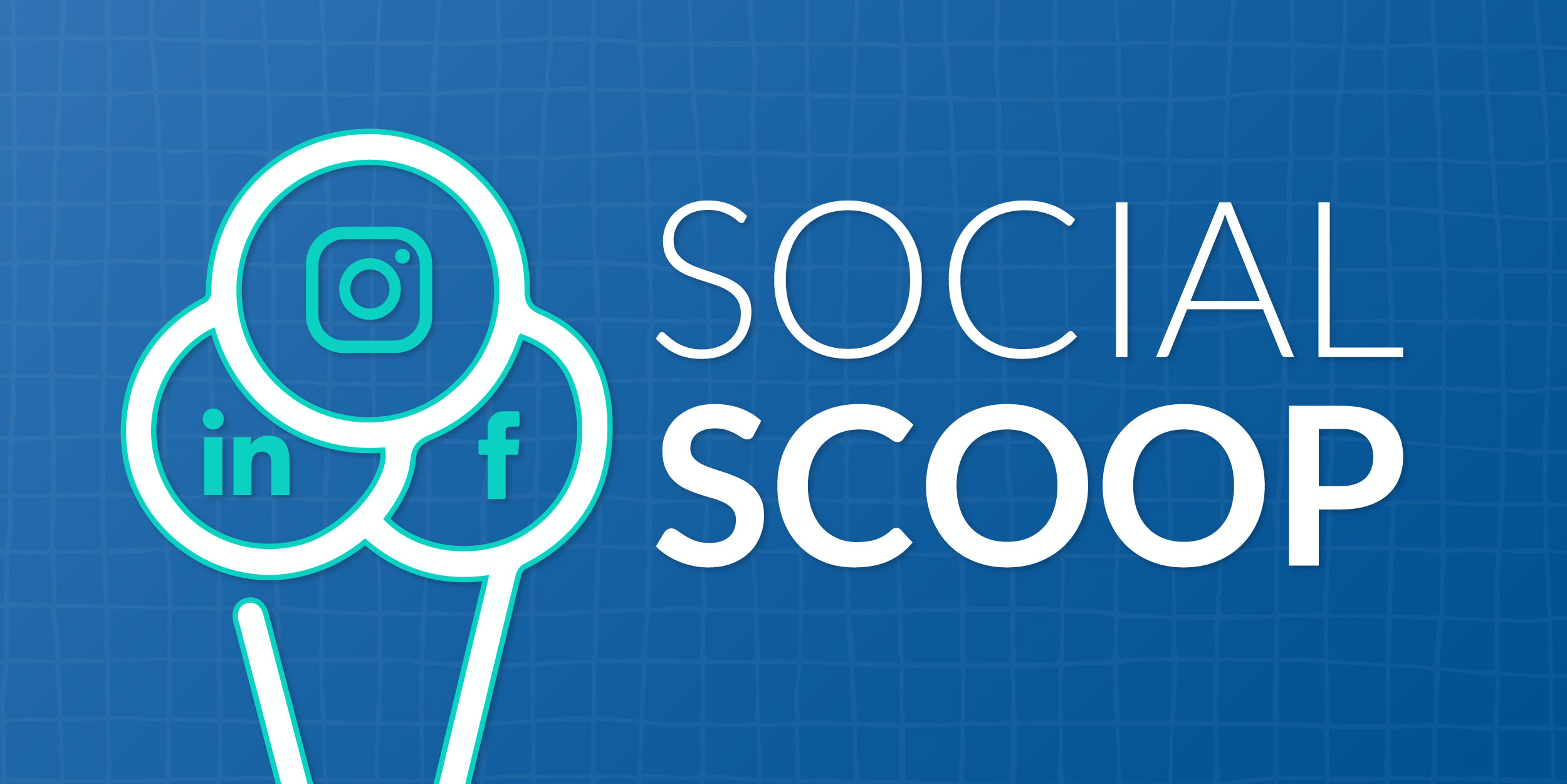Instagram for digital advertisers
With more than 1 billion active monthly users, Instagram has become the social media channel of choice for digital advertisers. The consistent roll out of new and exciting advertising features gives creative and savvy digital marketers a great chance to succeed. If you’re looking to gain a competitive advantage in the increasingly competitive online marketing space, learning the ropes of Instagram advertising is a great place to start. This comprehensive article will take an in-depth look at how much it costs to advertise on Instagram in 2018. It will outline the benefits of advertising on Instagram, your expected advertising costs on the platform, as well as some tips and tricks on how to get the best bang for your buck.
Why Advertise on Instagram?
Advertising on Instagram offers a plethora of advantages over the other major social media platforms. Since Facebook’s billion-dollar acquisition in 2012, Instagram has definitely emerged as one of the most popular social media platforms of all. The strictly visual nature of Instagram mean that company ads and videos don’t look out of place like they often do on Facebook and Twitter. With Instagram you’re able to gain more information about your target consumers, increased traction from a more engaged audience and a greater return on your ad spend.
More Powerful Information
The fact that Instagram is owned by Facebook gives it an extra appeal that other social media channels simply can’t match. Facebook are renowned for the incredibly powerful information that they obtain about their user base. Given that you will be managing your Instagram ads through the Facebook Ads Manager, you now have a wealth of information at your disposal to help put your offer in front of the right group of people. Whether it’s demographics, interests or user behaviour, Instagram has vital information that can be leveraged to put more money in your pocket.
It’s gotten to the point where many groups of people have expressed concern at the wealth of information Facebook has about the personal lives of its users. In fact, recent data has come to light that suggests there is no such thing as privacy on Facebook. As valid as these concerns may be, this information is of significant benefit to you as a digital marketer. Whilst other social networking sites like Pinterest, Twitter and Reddit may be effective, they don’t have anywhere near this level of data at their disposal.
Increased Engagement
Recent statistics suggest that Instagram ads get significantly more engagement than ads on any other social media platform. This is extremely beneficial from an advertising perspective as it means that less of your budget is going towards an audience that has no intention of purchasing your products. As such, Instagram offers one of the best returns on ad spend of any major social media platform. With social media advertising costs ever increasing, it’s extremely important to find already engaged audiences that can benefit from your product.
A more engaged audience typically means that costs to acquire a customer will be lower. If users are already searching for a product similar to yours, this stands to reason that it shouldn’t be as difficult to convince them to make that initial purchase. Similarly, increased user engagement also likely increases the average customer lifetime value. This means that not only will you pay less to acquire customers on Instagram, they are also likely to part with more of their hard-earned money over the long-term.
Increasing Followers and Audience
It’s a common desire of most Instagram users to have as many followers as possible. In that context, it is most often just a vanity metric, something that makes you look good. A higher number of followers can give you assumed credibility, viewers of your Instagram profile will think you’re ‘important’ or ‘interesting’ simply because you have a high number of followers. Useful, but not really a hard and fast rule.
To counter this, people often ‘buy followers’. These followers are real users, with real accounts, but they are more often from other parts of the world, users who are paid to follow your profile and will not really give any value. The only person who really wins out of that is the person you bought them off. Such followers ‘drop off’ over time, and most importantly they do not engage with your content. If they don’t engage with your content, they offer you no value in terms of audience and exposure.
The real value you’re looking for is REAL followers on your Instagram profile. Real people who follow you for the content that you produce and the message that you share. They’re following you because they’re interested in you one way or another. This means that they will engage with your content. When they engage with your content, Instagram notices and gives your content even more exposure, under the presumption that your stuff is interesting.
Thus, you want as many real followers as you can get! How, is the question. The simple answer is through engagement. Engaging with other peoples profiles and content, through liking, commenting and following other users. This gets you noticed. Once you’re noticed, some of those people you engaged with, will engage with you back, principally because they’re interested in you. It’s the circle of life!
So, how often should you do this? Ideally 3 to 6 hours per day. Yep, something like 5 hours of engagement per day will grow your Instagram following. Sounds easy, right? Yeah, right….
If you don’t the time to do it, we’ve built a service specific to help you. From just $125 per month, we’ll do the engagement for you, growing your following by 1,000’s each month. See Aston Grow – Instagram Followers.
Better Return on Ad Spend
A great feature of Instagram ads is that they are non-intrusive. This means that your ads won’t be blocked by the plethora of modern ad blocking services, nor will they adversely affect the browsing experiences of your potential customers. Again, this is great for your return on ad spend. It means you won’t be wasting hard earned advertising dollars targeting users that won’t even see your ad. Given the immense success of past campaigns, Instagram users are increasingly beginning to log on to the site with buyer intent.
This takes away one of the major barriers that was previously inhibiting digital marketers. With the powerful targeting mechanisms at Instagram’s disposal, it really isn’t a surprise that they’ve managed to identify specific products that their target users will love. Now, instead of disrupting their social media experience, you’re offering a product or service that can likely add value to the lives of a specific subset of Instagram users.
Costs of Advertising on Instagram
Now that we’ve established what the benefits are of advertising on Instagram, it’s time to take a look at the costs. Instagram follows Facebook in the sense that there are no set costs for advertising on the platform. In many ways this is actually a good thing as it opens up the opportunity for savvy digital marketers to lower their average CPC.
Conversely, newbies to the Instagram platform may face difficulties starting out and struggle to create profitable ad campaigns. Essentially, Instagram will aim to place the ad of the highest bidding company in front of its target customer at all times. Naturally, this is also the best business practice for them as it maximises overall revenue.
Whilst there aren’t exact costs of advertising on Instagram, there is enough data out there to give us a strong idea. Statistics suggest that the average CPM for ads on Instagram is $5. This is especially good when you consider the average CPM on Facebook is around twice as much at $10. If you’re able to effectively scale your Instagram ads without dramatically increasing this CPM, this difference has the potential to be huge over the long term.
This is further evidenced by a 2016 survey which suggested that Instagram’s Click Through Rate of 0.8% and CPC of $0.61 were noticeably better than Facebook’s respective totals of a 0.6% CTR and $0.80 CPC. Particularly for smaller companies, each of these metrics would suggest that Instagram is a much safer and potentially more profitable advertising starting point. Conversely, the efficiencies of the Facebook algorithm aren’t said to really kick in until your daily ad spend exceeds $1000.
CPC By Country
Naturally, advertising to Western countries has proven to be the most expensive. The ‘big 4’ consisting of the USA, UK, Canada and Australia are targeted by advertisers across the world as the most likely consumers to buy their products. Statistics from the fourth quarter of 2017 suggest that the average CPC on Instagram ads was a whopping $3.56, much higher than the average listed above. As Instagram ads are essentially a supply and demand marketplace, this goes to show how rapidly the demand has increased from the advertising side. An ideal counter to this would be to target lower CPC nations where there is still a strong online shopping presence.
CPC By Demographics
These same statistics have inferred that age is another crucial factor that will impact your average CPC. 25-34-year olds proved to be the most targeted age range, coming in with an average CPC of $1.07. A likely reason for this is that 25-34-year olds typically have strong purchasing power and are more likely to purchase things online. Similarly, there were also slight CPC differences depending on which gender was targeted. Targeting women produced an average CPC of $1.17 in Q4 of 2017, compared to $1.10 for men.
CPC By Time
Average CPC costs can also vary significantly depending on the time they are placed. The costs of ads have proven to peak in Q4, with an average CPC of $1.10. This is understandable as it occurs around huge online shopping frenzies such as Black Friday and the Christmas period. Surprisingly, Wednesday proved to be the most expensive day to advertise on Instagram, with an average CPC of $1.03. Monday and Thursday appear to have relatively inexpensive Instagram advertising costs, whilst still having a high user engagement.
Key Factors that Influence Instagram Advertising Costs
Whilst we’ve established that there is no exact science behind the Instagram advertising pricing model, there are definitely some key factors that will impact on your overall ad spend. Implement some of the wrong strategies here and you could see your average costs needlessly skyrocket. In an industry where just 10% can be the difference between a Christmas bonus and a lump of coal in your stocking, it’s important to gain an edge wherever possible. By paying attention to some of the factors below, you’ll eliminate some of the costly errors that are holding your campaigns back.
Bid Price
Bid price is one of the most important factors when determining your average Instagram advertising cost. Whilst beginners are typically recommended to not do any manual bidding on the platform, savvy digital marketers can use the inefficiencies in this market to get a better return on their ad spend. Are you extremely confident that you can convert customers and willing to accept a high CPC? You then have the ability to bid more to acquire that specific customer. Alternatively, are you penny pinching and just dipping your feet in the Instagram advertising pond? Then it may be in your best interests to lower your average bid. This will result in less customers, but it could produce a higher ROI.
Relevancy Score
This relates to how relevant Instagram believes your ad will be to the needs of your target audience. For example, if you’re selling ballet equipment to men between the ages of 45-54, Instagram is likely to give this a lower relevancy score than it would if you were targeting women between 25-34. If Instagram believes that your ads are irrelevant to the audience you’re targeting, expect a much higher CPC and CPM than you would usually face.
The best way to combat this is to offer a specific product that can meet the needs and wants of a relatively broad audience. For example, you may enjoy some success selling yoga equipment to women between the ages of 25 and 34. This strikes a perfect balance in each of the three main key areas. In this instance, you’re offering a relatively specific set of products that are likely to meet the needs and wants of a broad group of people. This should increase your relevancy score, which will likely lower your average CPC.
Action Rates
The action rate refers to Instagram’s estimate of how likely your target audience will be to take action when shown this advertisement. Instagram don’t want to give their audience a poor experience by showing them irrelevant ads for products and services that don’t help them. As such, they’ll punish advertisers for doing this with a higher CPC and CPM. If most of your ads in the past haven’t received much traction, this is likely to continue in the initial stages of a new campaign.
How can you combat this? The answer is simple, but it definitely isn’t easy. You’ll have to create a more engaging ad that encourages users to stop scrolling through their feed and take a look at your product. The best way to do this is through engaging copywriting, some well-designed creatives and a high-quality landing page. Once Instagram sees that your ads are getting consistent action, you will likely notice a dip in your average CPC.
Tips to Lower Instagram Advertising Costs
As these key factors above have shown us, there are several strategies that digital marketers can implement to lower their average Instagram advertising costs. These lower advertising costs will put extra money back in to your pocket that can be used on other aspects of the business. The name of the game with Instagram advertising should always be to consistently improve key metrics such as your average CPC, CPM and CTR. Effectively implementing the tips below will not only lower your average Instagram advertising costs, but they will allow you to require high-value and long-term customers.
Identify Your Target Customer
Firstly, you need to clearly identify who your target consumer is. Specifically, you will need to identify a specific group of people that you can provide value to by solving a major pain point of theirs with your product. Far too many Instagram advertisers will do the opposite of this and offer up generic products that aren’t really relevant to a specific audience. As touched on earlier, Instagram will actually punish you for this type of ad in the form of a higher average CPC. It is almost always better to start out with a niche product that a few people will love than a generic product with no proven demand.
Understand the Facebook Ads Manager
Secondly, you will need an effective understanding of the Facebook Ads Manger, from which Instagram ads are also managed. It is best practice to learn each of the three main sections of this Ads Manager; the campaign, ad set and ad level. Here you will choose your campaign objective, target audience as well as your ad creative. This is one of the most valuable skills in digital marketing today; one which can be incredibly profitable when used correctly. By mastering the Facebook Ads Manger, you’ll be able to deliver congruent and engaging ads that will leverage the Instagram platform to your own advantage.
Increase Split-Testing
Regularly split-testing both your audience and your creative is a great way to see what your potential customers are responding to. Don’t be afraid to go against some of your preconceived notions either. Perhaps you thought your product would cater towards 20-25-year olds, but it is proving more popular for those aged 30-35. Instead of doubling down on your initial assumption, attempt to optimise what has proven to work so far. These split tests can be done on factors such as demographics, interests, location as well as the actual creatives.
Include Authentic Content
Instagram are much more likely to engage with your content if it is seen as authentic and genuine, as opposed to something that is overproduced and tacky. A great way to accomplish this is through user generated content. Reach out to past customers encouraging them to send in a photo or video of them using your product. This creates a friendly two-way relationship between the customer and business, in turn making them more likely to purchase from you in future.
It also effectively stands out when users are scrolling through their Instagram feed. Too many companies these days are advertising the same overproduced content that really doesn’t show how their products can benefit a specific audience. Including this type of authentic content is beneficial for multiple reasons. You’re showcasing to potentially new customers how your product can be used in a real-life setting, whilst also demonstrating the great relationship you have with existing customers.
Don’t Make Changes Too Quickly
To take your Facebook and Instagram advertising game to the next level, you absolutely need to have a Facebook pixel installed. This is an incredibly powerful way to analyse exactly how your target audience is engaging with your ads. However, the Facebook Pixel does take time to optimise each individual ad campaign. You may have been on to a potentially winning campaign, but instead chosen to make changes before the Facebook Pixel could get you the best results.
To combat this, it’s best to avoid making changes to your ad campaign for at least the first 5 days. Even if the campaign doesn’t turn out to be profitable, this is long enough of a time period that you will obtain valuable data that can be put to use in future campaigns. Don’t be afraid to lose money with experimentation early on as the value of the data you receive will likely greatly eclipse any lost advertising spend.
Retarget
Another area where the Facebook pixel excels is by helping you retarget consumers that have already visited your site. This is a very powerful form of advertising that can have the highest ROI of all if implemented effectively. You’ve already done the hard job of getting them on to your site the first time. Perhaps they didn’t have their credit card at the time or were waiting until their next payday to make a purchase.
Either way, you’re leaving significant money on the table if you aren’t retargeting on Facebook and Instagram. These are potential customers who can likely derive significant value from your products and has already shown a keen interest in making a purchase from you. As retargeting audiences are typically much smaller than your usual audience, regularly changing up your creatives is a valuable tip to keep your message fresh. Whilst you may not acquire these customers the first time, consistently being exposed to your brand may mean they purchase from you in the near future.
How Much Does It Cost to Advertise on Instagram?
Hopefully, you’ve obtained significant value from this comprehensive post on the costs of advertising on Instagram in 2018. You now know why Instagram is so popular amongst savvy digital marketers today. It provides more data options, a more engaged audience and an improved ROI. Similarly, you’re now aware of the average costs of advertising on Instagram. Recent CPM’s for Instagram ads have been cited at $5, to coincide with a CPC of $0.61 and a CTR of 0.6%. Having a proper understanding of these metrics will give you a significant edge over the competition.
Moreover, you’re also now aware of the key factors that influence your Instagram advertising costs. If you’re coming in with high manual bids for ads that aren’t all that relevant and aren’t seeing great action, you’re likely to incur higher advertising costs. Importantly, you’re also now aware of the tips and tricks to lower your average spend. Take full advantage of the powerful data of the Facebook Pixel to effectively retarget and optimise campaigns over time. Similarly, leverage the power of authentic content to attract new customers whilst also appeasing existing ones.







